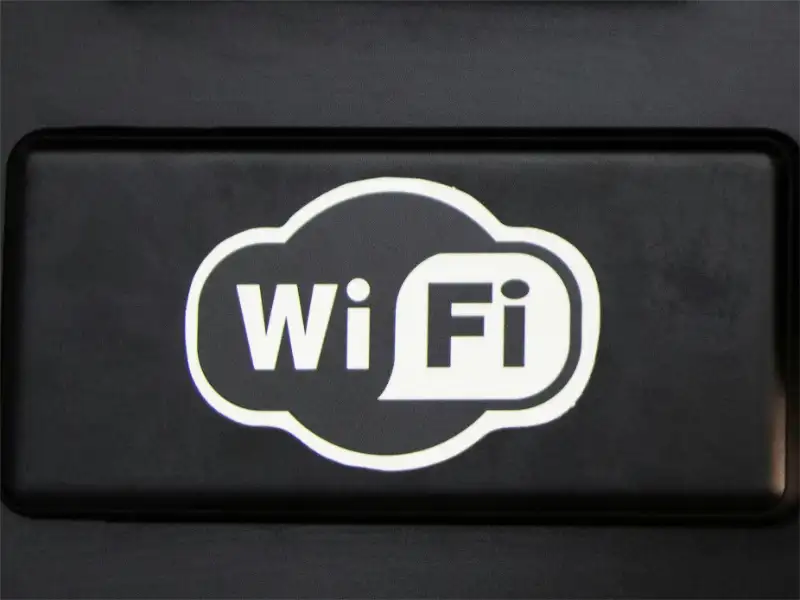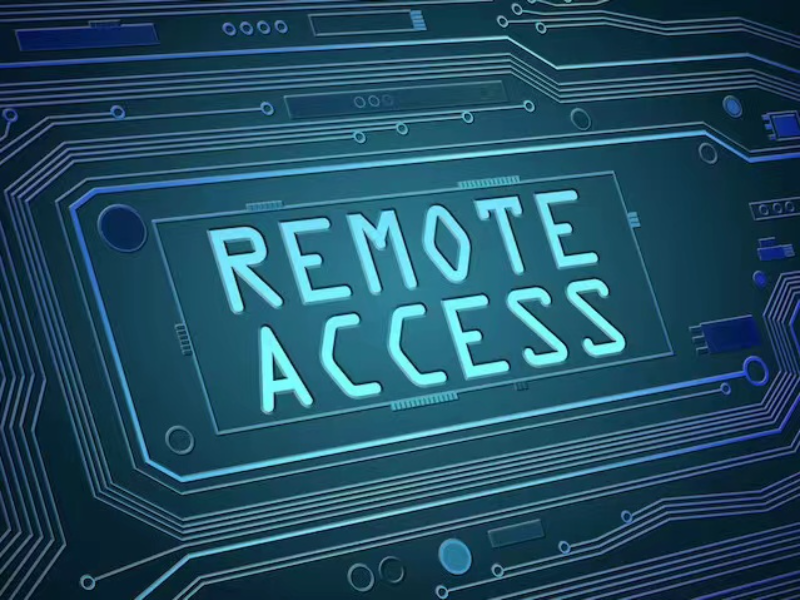- Internet access connects users to the digital world via broadband, mobile, satellite, and Wi-Fi. It drives communication, education, and innovation but faces challenges like affordability and infrastructure gaps. Efforts by governments and tech companies aim to expand connectivity globally.
- Internet access is essential for modern life, supporting work, learning, and innovation. With barriers like cost and digital divides, advancements in 5G, satellite internet, and global initiatives are paving the way for universal and inclusive connectivity.
Internet access is an essential part of modern life, enabling people to connect to a global network of information, communication, and services. As of today, billions of individuals around the world depend on internet access for education, work, entertainment, and staying informed. But what does internet access truly entail, and why is it so critical to our lives? This article dives deep into the concept of internet access, its types, its importance, and the challenges and opportunities it brings.
Also read: Musk’s Starlink gets Chad’s approval to boost internet access
Also read: Cajutel (SL) Sarl Ltd: revolutionising Internet access in Sierra Leone
- What is internet access?
- Types of internet access
- The importance of internet access
- Challenges in achieving universal internet access
- Government and private sector efforts to expand access
- The future of internet access
- The role of internet service providers (ISPs)
- Internet access: A catalyst for global progress
- FAQs: What is internet access?
What is internet access?
Internet access refers to the ability to connect to the vast digital network known as the internet. This connection allows users to access websites, applications, and other online services. Internet access can be achieved through various technologies, such as broadband, mobile data, satellite, or fiber-optic connections. It’s the foundation for many of the tools and platforms that have become indispensable in daily life.
How Does Internet Access Work?
Internet access typically involves a few key elements:
- Devices: Computers, smartphones, tablets, and IoT devices that connect to the internet.
- Network Infrastructure: The hardware, such as routers, servers, and cables, that facilitates data transmission.
- Internet Service Providers (ISPs): Companies that provide internet connectivity to consumers and businesses.

Types of internet access
Not all internet connections are created equal. The type of access varies depending on the technology used, each with its own advantages and limitations.
1. Broadband Internet
Broadband is the most common type of internet access. It is known for its high-speed and always-on connectivity, making it ideal for households and businesses alike. Types of broadband include:
- DSL (Digital Subscriber Line): Uses existing telephone lines for internet access. While widely available, it may have slower speeds compared to newer technologies.
- Cable: Relies on coaxial cables typically used for cable TV. It offers faster speeds than DSL but can be affected by network congestion.
- Fiber-Optic: Delivers internet using light signals through glass fibers, offering the fastest speeds and greatest reliability.
Also read: Gogo takes big step toward proper in-flight broadband internet
2. Mobile Internet
Mobile internet access uses cellular networks to connect devices such as smartphones, tablets, and mobile hotspots. With 4G LTE and 5G technology, mobile internet has become fast and reliable, enabling users to stay connected from virtually anywhere.
Also read: Internet security key vs. network password: Are they the same?
3. Satellite Internet
Satellite internet provides connectivity to remote areas where traditional broadband options are unavailable. By communicating with satellites in orbit, this type of access brings the internet to underserved regions. However, it often comes with higher latency and lower speeds compared to other options.
Also read: Vega-C successfully launches ESA’s sentinel satellite
4. Public Wi-Fi
Public Wi-Fi networks are common in places like cafes, airports, and libraries. They provide convenient access but often come with security risks, making it essential to use VPNs and other protective measures when connecting.

The importance of internet access
Internet access is not just a luxury; it’s a necessity in today’s interconnected world. Here are the key ways it impacts individuals, businesses, and society at large.
1. Bridging the Digital Divide
The “digital divide” refers to the gap between those who have access to the internet and those who do not. This divide is often linked to socioeconomic and geographical disparities, limiting opportunities for underserved communities.
Governments and organizations are working to bridge this gap through initiatives like rural broadband projects and low-cost internet plans for low-income households.
2. Enabling Remote Work and Learning
The COVID-19 pandemic underscored the importance of internet access for remote work and online education. Video conferencing tools, cloud-based collaboration platforms, and e-learning resources have become indispensable. Reliable internet is now a prerequisite for participating in the modern economy and education systems.
3. Fostering Innovation and Entrepreneurship
The internet serves as a platform for innovation, providing tools for entrepreneurs to start businesses, reach global markets, and collaborate with partners. It enables the development of groundbreaking technologies and ideas.
4. Enhancing Communication
The internet has revolutionized communication, making it easier to connect with people worldwide. Social media, email, video calls, and instant messaging are just a few ways internet access has brought people closer together.

Challenges in achieving universal internet access
Despite its importance, internet access is not yet universal. Several challenges stand in the way of achieving connectivity for all:
1. Infrastructure Limitations
Building the infrastructure needed for internet access, such as laying cables and setting up towers, can be expensive and time-consuming, especially in rural and remote areas.
2. Affordability
For many low-income households, the cost of internet services remains a barrier. Efforts to subsidize access or offer low-cost plans are essential to addressing this issue.
3. Digital Literacy
Access alone isn’t enough; users must also have the skills to navigate the internet effectively. Lack of digital literacy can prevent individuals from fully benefiting from online resources.
4. Security Concerns
As internet access expands, so do cybersecurity threats. Protecting users from online fraud, data breaches, and other risks is a growing challenge.
The Internet is becoming the town square for the global village of tomorrow.
Bill Gates, Co-founder of Microsoft
Government and private sector efforts to expand access
1. Government Initiatives
Governments worldwide are investing in expanding internet access through programs like:
- Rural broadband projects: Extending connectivity to remote areas.
- Public Wi-Fi initiatives: Offering free or subsidized internet in public spaces.
- Digital literacy campaigns: Educating people on how to use the internet safely and effectively.
2. Private Sector Contributions
Tech giants and ISPs are playing a significant role in expanding internet access. Notable efforts include:
- SpaceX’s Starlink: A satellite-based internet service aiming to provide connectivity to underserved regions.
- Google’s Project Loon: Using high-altitude balloons to deliver internet access in remote areas.
- Facebook Connectivity: Exploring new technologies like drones to connect the unconnected.
Also read: MPTEN drives Guinea’s digital growth with expanded internet access and tech innovation
The future of internet access
The future of internet access lies in innovation and inclusivity. Emerging technologies promise to improve connectivity while addressing existing challenges.
1. 5G Networks
5G technology is expected to revolutionize internet access with faster speeds, lower latency, and the ability to support more connected devices.
2. Satellite Internet Expansion
Efforts like Starlink are paving the way for global connectivity, particularly in remote and underserved areas.
3. Artificial Intelligence and Edge Computing
AI and edge computing will enhance the efficiency and reliability of internet access, optimizing data delivery and processing.
4. Universal Access Initiatives
Global organizations are pushing for universal internet access by 2030, aligning with the United Nations’ Sustainable Development Goals.

The role of internet service providers (ISPs)
Internet Service Providers (ISPs) play a critical role in delivering internet access to homes, businesses, and organizations. They act as the bridge between users and the global internet network, offering various plans and technologies tailored to consumer needs. ISPs provide the infrastructure and services necessary for accessing the internet, including broadband, fiber-optic, mobile data, and satellite connections. Their offerings often determine the speed, reliability, and affordability of internet access for users.
Competition among ISPs is a key factor in shaping the quality and pricing of services. In regions with multiple providers, users often benefit from competitive pricing, better customer service, and faster technological advancements. However, in areas where monopolies or duopolies dominate, the lack of competition can lead to higher costs, limited options, and slower speeds, leaving consumers with fewer choices and subpar service.
ISPs also play an important role in innovation, driving advancements like 5G networks, improved fiber-optic infrastructure, and satellite internet for remote areas. They are also responsible for maintaining and upgrading the infrastructure to meet increasing demand as data consumption grows globally.
As ISPs continue to expand their reach, addressing disparities in access and affordability will be critical to bridging the digital divide and ensuring equal opportunities for all users.
Access to computers and the internet has become a basic need for education in our society.
Kent Conrad, Former U.S Senator
Internet access: A catalyst for global progress
Internet access goes beyond being a technological milestone; it is a cornerstone of modern societal development. In an increasingly digital world, connectivity empowers individuals and communities by unlocking access to education, fostering economic growth, and promoting social inclusion. Reliable internet allows students to access online learning resources, entrepreneurs to reach global markets, and individuals to stay informed and connected.
Efforts to expand internet access continue to address persistent challenges, including affordability, inadequate infrastructure, and digital literacy. These barriers disproportionately affect rural and underserved communities, limiting their ability to benefit from the opportunities the internet provides. Bridging this digital divide is essential for creating equitable access to information and tools that can transform lives.
Universal internet access has the potential to drive significant progress across all sectors of society. By ensuring that connectivity is affordable, accessible, and inclusive, the world can pave the way for a future where everyone has the opportunity to thrive in the digital era.
FAQs: What is internet access?
Internet access refers to the ability to connect to the global digital network, allowing users to browse websites, stream content, communicate, and access online services through technologies like broadband, mobile data, and satellite.
The primary types include broadband (DSL, cable, fiber-optic), mobile internet (4G, 5G), satellite internet, and public Wi-Fi. Each type offers varying speeds, reliability, and coverage.
Internet access is essential for education, remote work, communication, and economic growth. It enables access to information, fosters innovation, and bridges social and economic gaps.
The key challenges include high costs, lack of infrastructure in rural areas, digital literacy gaps, and security concerns. Addressing these is vital for equitable connectivity.
Efforts include government initiatives for rural broadband, private projects like SpaceX’s Starlink, and advancements in 5G and satellite technology, all aimed at increasing connectivity worldwide.

